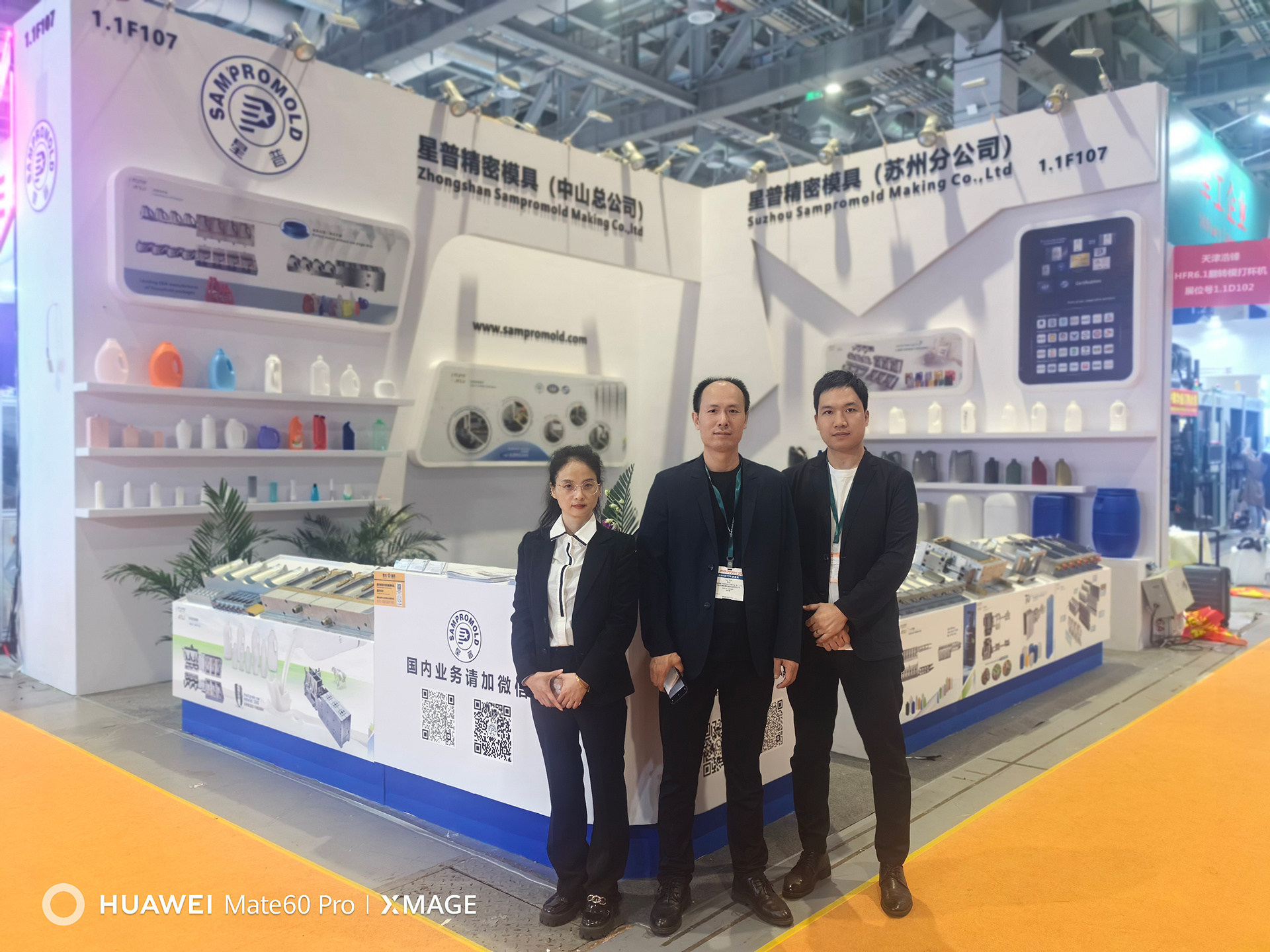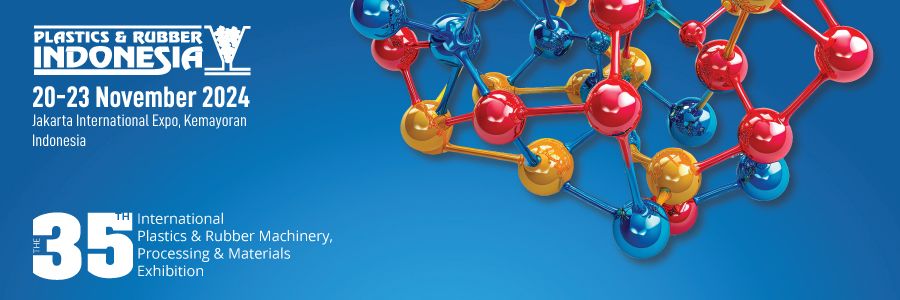Understanding Plastic Injection Molding for Medical Parts: A Comprehensive Overview
Time:
2024-09-18
Plastic injection molding is a widely used manufacturing process in the production of medical parts. This technique involves injecting molten plastic into a mold to create precise and complex shapes that are essential for various medical applications. The importance of this method cannot be understated, as it plays a critical role in ensuring the efficiency and reliability of medical devices, instruments, and components.
One of the primary advantages of plastic injection mold medical parts is its ability to produce high volumes of consistent and replicable components. This manufacturing process allows for the creation of intricate designs that meet strict regulatory standards in the healthcare sector. The precision of injection molding ensures that each part is uniform, which is crucial for medical applications where accuracy directly impacts patient safety and device functionality.
Additionally, the materials used in plastic injection molding are specifically chosen to meet the stringent requirements of the medical industry. Medical-grade plastics are often biocompatible and can withstand various sterilization processes, making them suitable for products that come into direct contact with patients or biological materials. This characteristic is vital for components such as surgical tools, drug delivery systems, and diagnostic equipment.
Another significant benefit of using plastic injection molding for medical parts is the efficiency of the production process. The ability to produce a large number of parts in a short amount of time reduces lead times and can lower overall manufacturing costs. This efficiency is particularly important in the medical field, where the demand for new devices and parts can fluctuate rapidly based on advances in technology and changes in healthcare needs.
Moreover, plastic injection molding supports innovation in medical design. Engineers and designers can experiment with different shapes and functionalities without incurring prohibitive costs, as creating a new mold can often be a cost-effective decision compared to other manufacturing methods. This flexibility helps speed up the development of new medical technologies, ultimately benefiting patients and healthcare providers.
In conclusion, plastic injection molding is an essential technique in the production of medical parts, offering advantages such as precision, efficiency, and design flexibility. This process not only meets the demanding standards of the medical industry but also contributes to advancements in healthcare technologies. As the industry continues to evolve, the role of plastic injection molding will remain vital in delivering safe, effective, and innovative medical solutions.
RELATED NEWS












